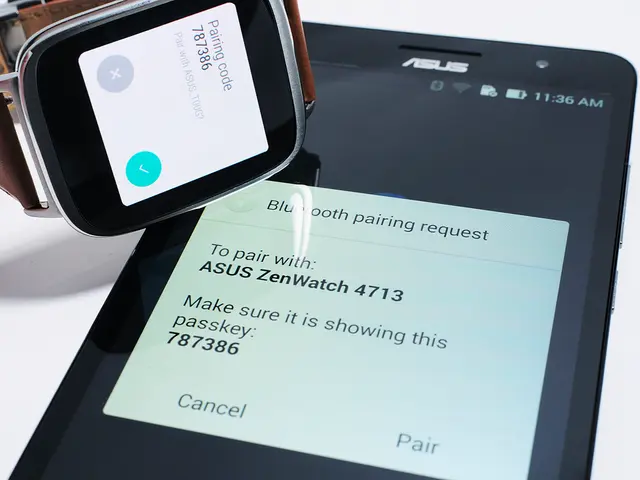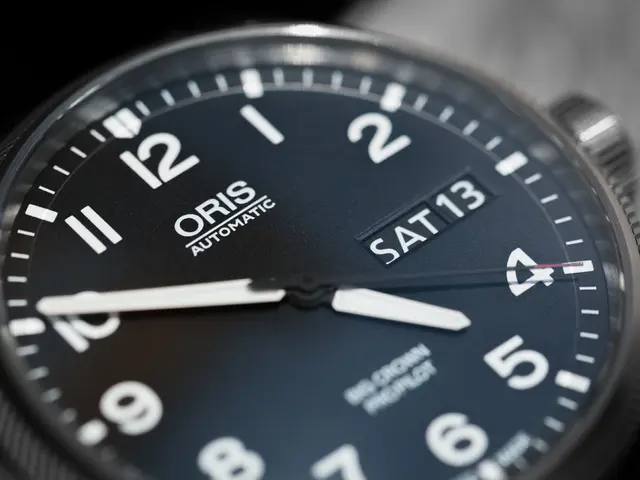London Fire Bridge introduces on-demand fire engine service, similar to Uber ride-sharing.
London Fire Brigade Introduces New 'State-of-the-art' Emergency Response System
The London Fire Brigade has rolled out a new 'state-of-the-art' mobilising system for managing 999 emergency fire calls, provided by Capita Communication and Control Solutions. This innovative technology is expected to significantly improve the speed and accuracy of emergency response times in the city.
The new system, which operates from a VdS-certified emergency service control center, mobilises fire engines according to their proximity to incidents, rather than from the closest fire station as was the case with the old system. This change aims to ensure that the nearest available engine is dispatched to every emergency, potentially saving precious minutes and ultimately more lives.
One of the key features of the new technology is its ability to determine the location of callers dialling 999 from a mobile. This improves the speed and accuracy of pinpointing emergencies, ensuring that fire engines are directed to the exact location of the incident.
The system also enhances London's firefighting process by integrating 999 call handling, radio communications, incident recording, and intelligent resource deployment. Control officers can watch each fire engine's journey on-screen and estimate their time of arrival, allowing for a more coordinated and efficient response.
The new system uses GPS tracking technology and real-time status information, similar to taxi apps like Uber, to track London's 155 fire engines. It can hold more than 7.5 million addresses compared to the 80,000 street records of the old system, ensuring that even the most remote locations can be quickly and accurately located.
London Fire Commissioner, Ron Dobson, stated that the technology could ultimately lead to more lives being saved. Last year, firefighters attended an average of 263 incidents per day, and more than 170,000 emergency fire calls are received in London each year. The new system should help the London Fire Brigade respond more efficiently to these emergencies.
The technology was first set up in 1937, with operators being alerted to an incoming 999 call by a flashing red light and a klaxon. Since then, it has undergone significant upgrades, culminating in the current state-of-the-art system.
With this new system in place, Londoners can rest assured that their city's firefighting services are equipped with the latest technology, ensuring a faster and more accurate response to emergencies.
Read also:
- Limited-Time Offer at bet365 Kansas: Secure $150 in Bonus Bets with Code TOPACTION, Applicable for Royals, Chiefs, or Any Team Participation
- Casino operator's parent company alleges Kazuo Okada wrongfully seized control through violent means at Okada Manila.
- Sonos or Bose: Which Audio Giant Prevails in 2025 after More Than a Decade of Testing?
- Weekend Discounts on Alexa Devices by Amazon: Enjoy up to 60% off on Fire tablets, Echo Buds, streaming devices, and various other offerings








